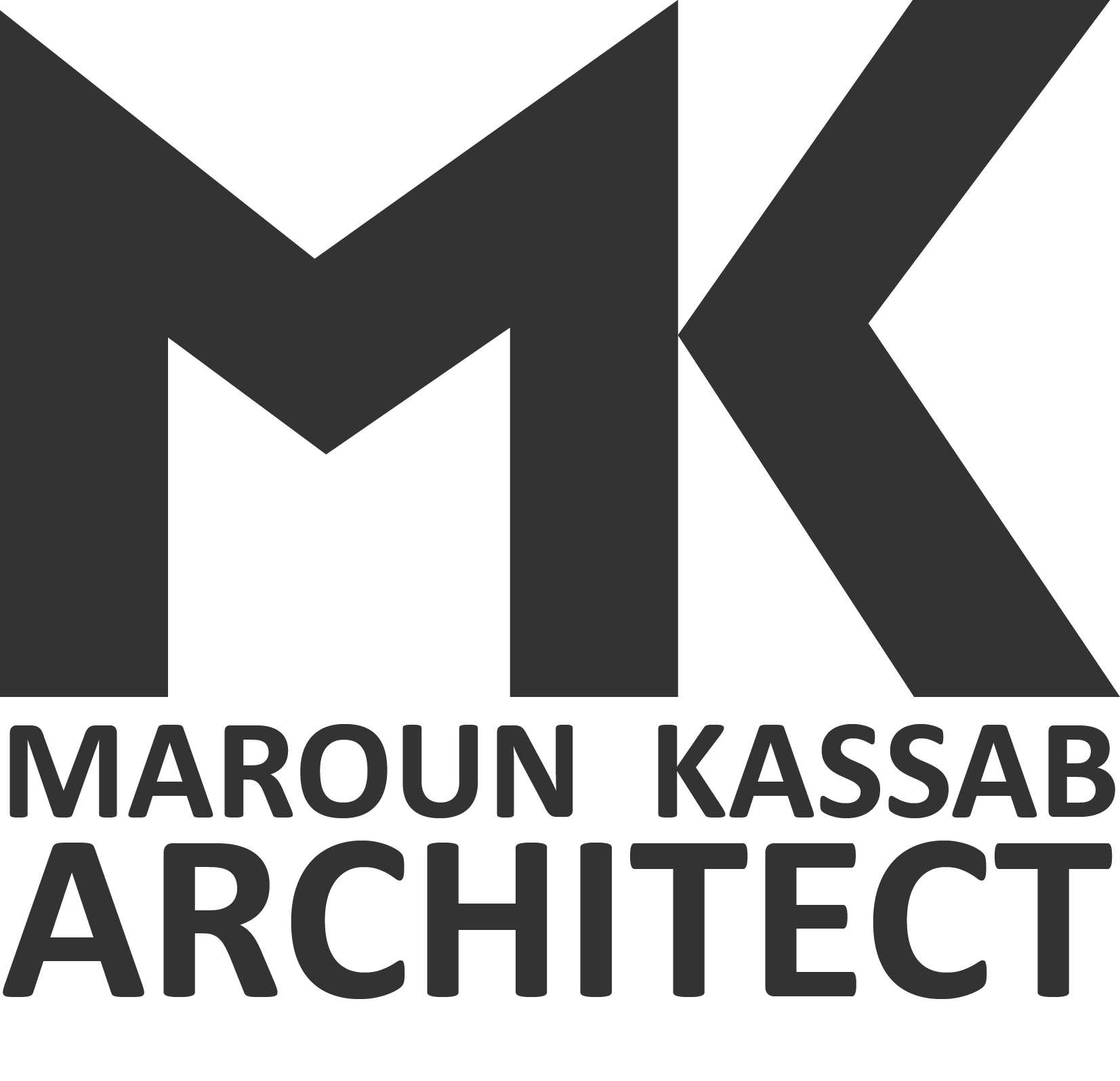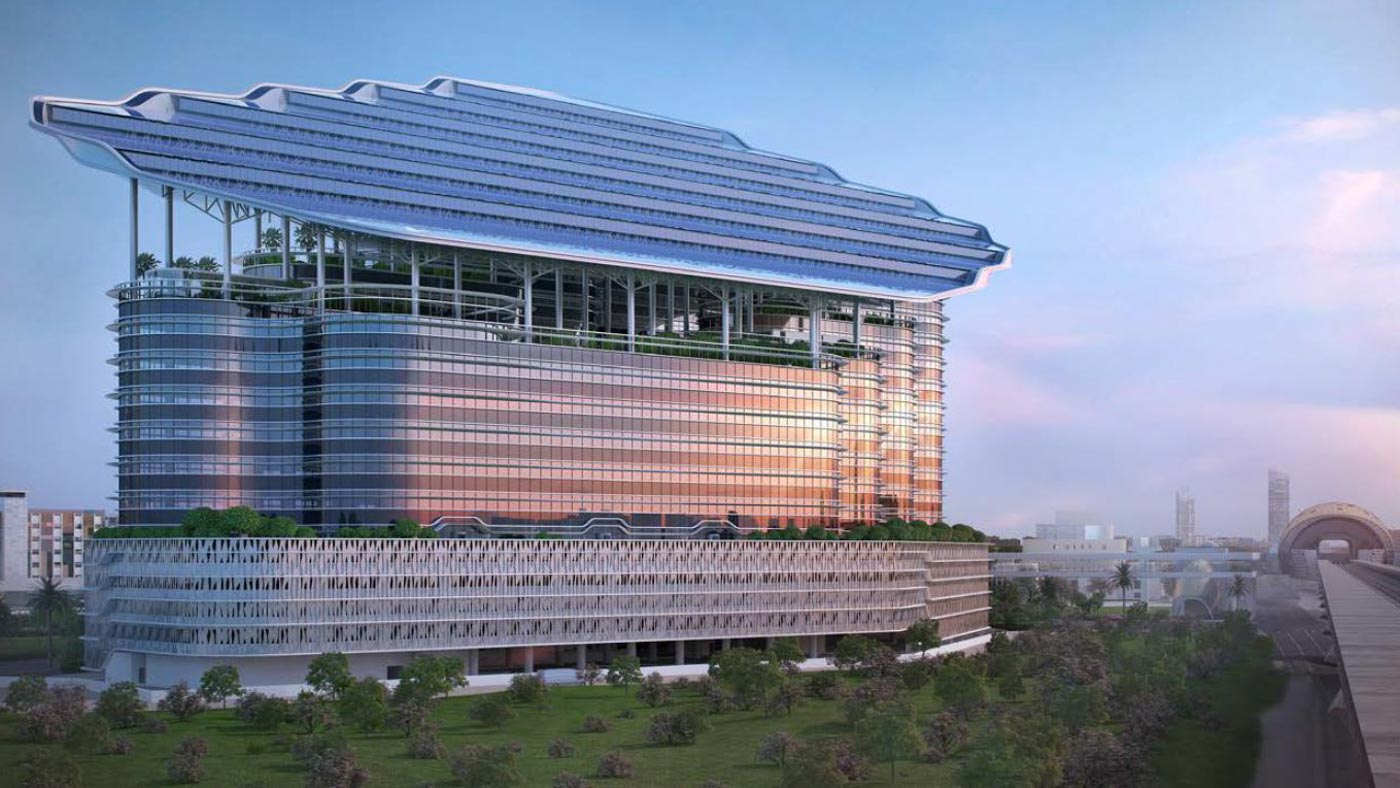I have been teaching a course this semester to Master’s students in Sustainability in Architecture at Notre Dame University about Green Architecture in the Gulf and the MENA region. It is necessary to be able to separate “Green Bling” from “Green Architecture” and it is becoming harder in the recent years to distinguish between both as the discipline has taken a more institutionalized form, with so many rating systems around the world, from BREEAM, orininally in the UK and expanded to many other countries around the world, to LEED from USGBC and even to ARZ in Lebanon and the Pearl Rating System in Abu Dhabi. These rating systems, though necessary and serve as guidelines for setting up a framework for Green Architecture, are still in their infancy as there is no holistic infrastructure that binds their framework together in my opinion. These systems, though they are paired with other evaluations software such as RESCheck and COMcheck, developed by the U.S. Department of Energy, and software from other entireties such as EDGE from IFC (International Finance Corporation), a member of the World Bank Group, are initial steps in the overall design process of green buildings.
Architecture as a discipline is much more that designing buildings. A work of architecture is by necessity a building of sorts, but not every building is a work of architecture, and herein lies a fundamental difference. The sustainability layer that historically was part and parcel of architectural practice became disrupted during and after the industrial revolution, where energy consumption was used to achieve comfort levels in buildings with almost complete disregard to the environmental impacts of such a substitution. Qualities that were considered essential to the production of architecture took precedence over sustainable building performance especially during the modernist and postmodernist eras in the early and late 20th century.
If we consider the trajectory of architecture through history, we can discern in the beginning a broad spectrum of domains that were essential qualities of architects. Some of these do not seem logical today, such as the design of weapons and war machines, irrigation mechanics, city planning and much more. Additionally, architects were only concerned with the design of landmark buildings such as castles and temples. But as human civilizations progressed, the profession started to split into different specializations, and furthermore, the size of buildings it was occupied with started getting smaller and smaller until we reach the villa design with Andrea Palladio.in the 1500’s. From then on, and until the industrial revolution, architects even became interested in housing and multifamily buildings.
This specialization had several ramifications, but one specific outcome was the loss of a holistic conception of the building as part of a whole, that is, as part of the city fabric, affected by the socio-economic factors of its context and dependent on the overall financial health of the community it is in. If we take two examples that can shed a light on how important these factors are, we can begin to understand how critical the holistic approach is. The first is the Pruitt Igoe project in St. Louis, Missouri, and the second is Stuy Town in NYC. Both project are large scale housing project. The first was a public housing project and the second was a private housing project. The first was conceived in the early 1950 and the second in 1945. At one point, both projects were still under construction as Stuy Town is on a much larger scale. The first one declined shortly after its construction, and was demolished by the early 1970, ushering the end of the modernist era, and the second still stands today with a much higher value rate as the city of New York developed its status in the last century.
The main difference between these projects is the economic status of the residents and the allocation of maintenance services in an efficient manner. It is not to say that Stuy Town did not go through financial difficulties through the years, the latest of which is the mortgage default in 2010, but through private initiative the project was reacquired and even managed to get LEED Platinum certification by adding Photovoltaic panels on the roofs of the buildings. On the other hand, Pruit Igoe went into decline because of the lack of maintenance, the low economic status of the inhabitants and the the lack of the local government to abridge the gap of unemployment of its residences and raise their economic status.
These ideas seem fragmented at the first sight, but they constitute parts of a more holistic approach to achieving actual sustainability, which has three dimensions: Social, Economic and Environmental. I might add to these, contextual, because it is contingent on the overall context in which the building is situated. Achieving sustainability requires balancing all four dimensions, and this is where the discipline of green architecture comes in.
Green architecture is not just about using sustainable materials or implementing renewable energy systems. It is about designing buildings that are integrated into their environment, that respond to the needs of their inhabitants, and that are economically viable over the long term. This requires a holistic approach that takes into account the social, economic, environmental, and contextual factors that affect the building and its users.
In the Gulf and MENA region, where the climate is harsh and natural resources are scarce, green architecture is even more critical. Buildings in this region consume a large amount of energy for cooling, which can have a significant environmental impact. Green architecture can help to reduce this impact by designing buildings that are more energy-efficient, that use renewable energy sources, and that are designed to minimize heat gain.
However, green architecture in this region faces several challenges. One of the biggest challenges is the lack of awareness and understanding of sustainability among both architects and clients. Another challenge is the lack of local expertise in green architecture, which has led to a reliance on imported technologies and materials.
Despite these challenges, there are many examples of green architecture in the Gulf and MENA region that demonstrate the potential of the discipline. For example, the Masdar City project in Abu Dhabi, which aims to be the world’s first carbon-neutral city, is a model for sustainable urban development. The project incorporates renewable energy systems, water conservation measures, and sustainable transport systems, and is designed to be a low-carbon, zero-waste community.
Another example is the Qatar National Convention Centre, which was designed to be one of the most sustainable convention centres in the world. The building incorporates a range of sustainable features, including a solar power system, a greywater recycling system, and a green roof.
These examples demonstrate that green architecture has the potential to transform the built environment in the Gulf and MENA region. However, achieving this transformation will require a concerted effort from architects, clients, and policymakers to prioritize sustainability and to invest in the necessary expertise and technologies.

